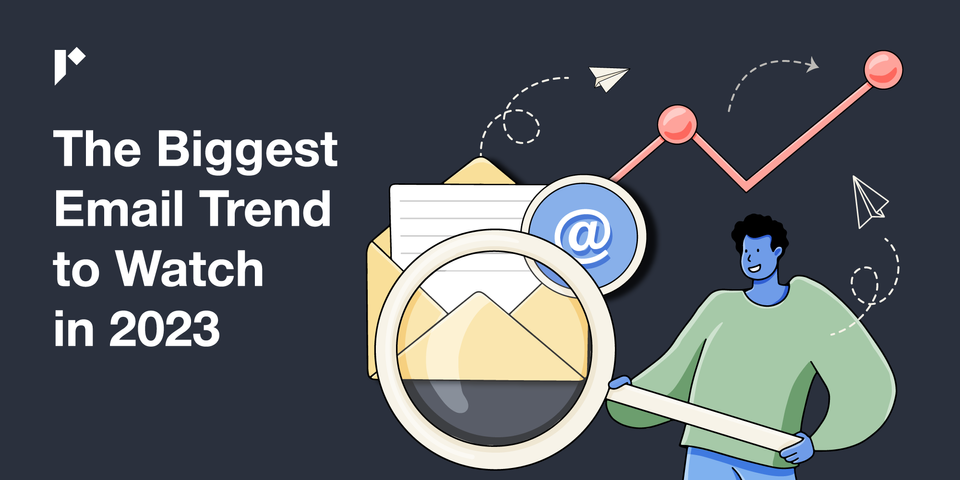The hottest email marketing trends for 2023 won't come from artificial intelligence, hyper-personalization or even UGC (user-generated content).
Sure, those two email trends are essential in today's digital marketing landscape. But we at Reletter predict that more than ever before, email newsletters will be all the rage this year.
It's a bold statement, I know. But here's why we made it.
Table of Contents
Email newsletters vs email marketing - what's the difference?
First, let's define what we're talking about.
Email marketing focuses on selling products and services. Marketing emails are all about persuading someone to do something—"buy this," "download that," "follow us on social media...". Customer data shows the business what products you've previously purchased or showed interest in. If you're on their email list, the company can follow up with email marketing campaigns based on your interests and past activity.
Newsletters are entertaining, informative or helpful emails that brands, bloggers, businesses, groups and individuals regularly send to people who've joined their email lists. They're a long-term content marketing strategy aiming to build audience trust, give helpful information and show expertise in an industry or niche. Newsletter creators often slip their service offerings in at the end, using phrases like "when you're ready, here's how I can help," rather than overtly pushing for a sale.
Newsletters are on-trend: what are the facts?
They're a vital connection point
In 2023, well over half the world's population will have regular internet access, and Statista predicts that we'll send a staggering 347.3 billion emails per day this year alone.
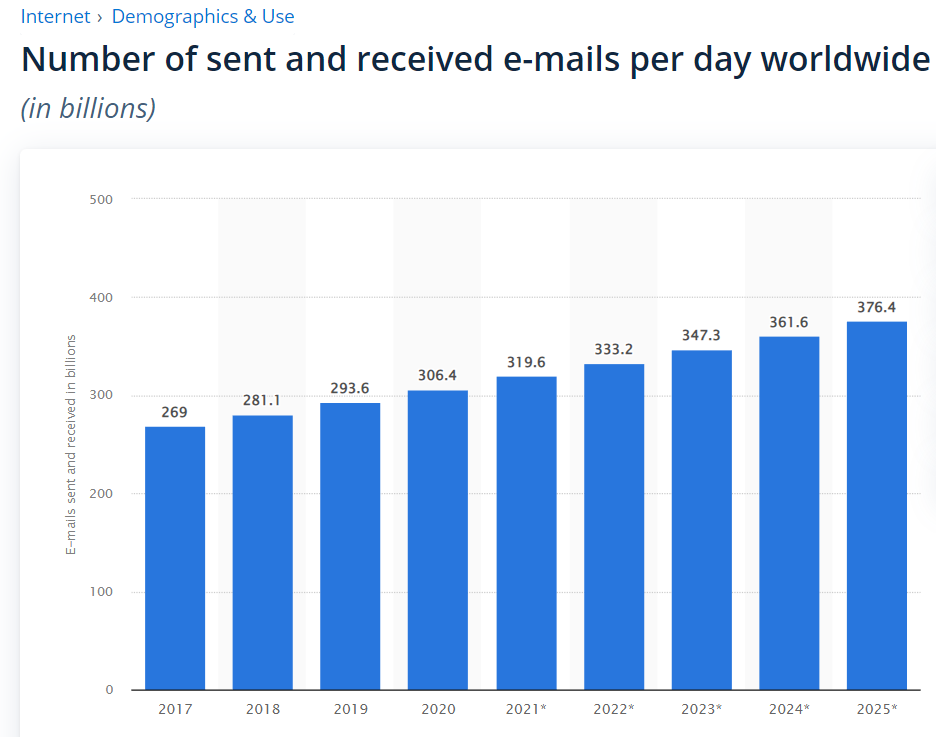
Meanwhile 86% of respondents in a 2021 US marketing survey agreed that "newsletters provided a vital connection point between their brand and consumers, while 88% felt that newsletters would become a valuable way to reach and target consumers without third-party data."
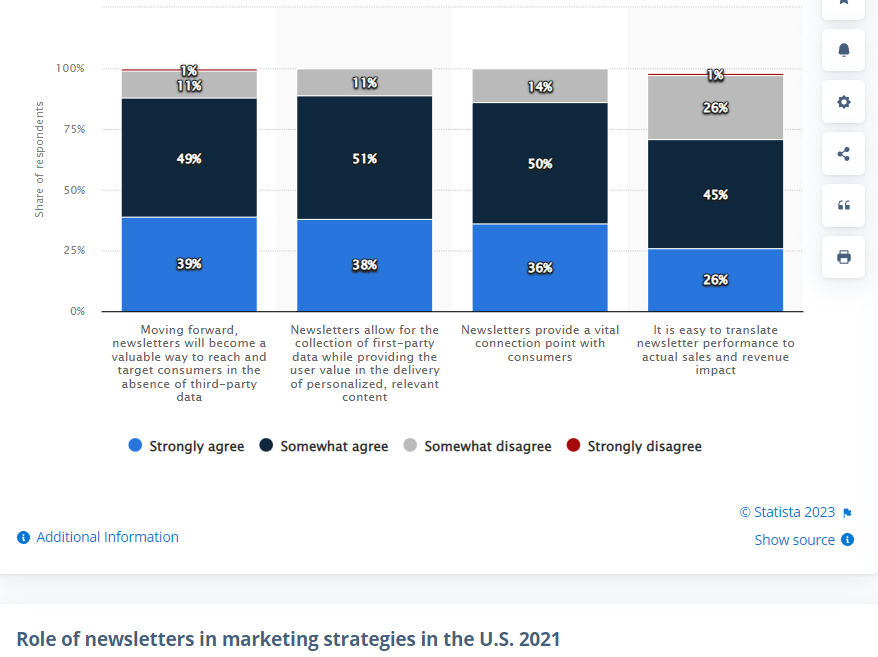
Newsletter content doesn't rely on algorithms
Relying on your social accounts and advertising no longer works as well as it once did. Social media algorithms can play havoc with your viewing numbers. You have very little control over which of your followers gets to see your posts and who misses out. But you can be sure that not everyone will see your posts.
Having a website is essential, but people won't always find it during a search. Your website may be SEO optimized, but search engines frequently put sponsored posts at the top, no matter how helpful your articles may be. Many people don't scroll past the first few links, so your organic search numbers may plummet if your pieces feature on the second page.
However, most email marketers and newsletters don't rely on algorithms or SEO because subscribers opt to join your list. Savvy newsletter publishers use dynamic headlines, catchy subject lines and personalized emails to capture your attention and improve their open rates. But ultimately, subscribers keep reading because they value the information, advice and ideas you send them.
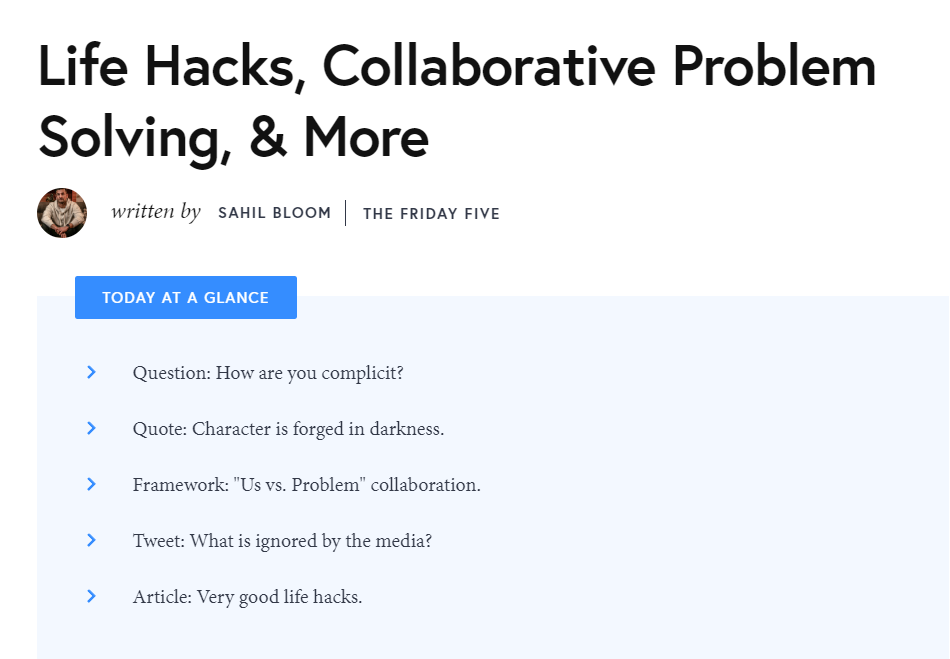
Tech giant uncertainty doesn't affect email
Businesses, from big brands to solopreneurs, are looking at email with fresh enthusiasm after recent uncertainty around some big tech giants. (E.g., layoffs and changes at Twitter and the possibility of regulations around TikTok in some countries.) The good news is that these algorithm and data privacy policy changes are unlikely to affect email deliverability to your subscriber list.
Moreover, many smartphone users prefer checking email via phone rather than desktop. Newsletter writers take this into account by using Responsive or Adaptive designs to give users the best experience on every device.
Google searches for Substack and LinkedIn newsletters are increasing
The number of email subscribers who want to read newsletters is rocketing. Just look at this chart showing the January data from Google Trends as an 8-week rolling average:

No wonder there are already 1,250,000+ newsletters on Substack and 65,000+ on LinkedIn (at the time of writing.) People want to read newsletters that cover things they care about and increasing numbers of writers are delighted to send them.
LinkedIn newsletter readership numbers are on the rise
Last year, 28 million LinkedIn members subscribed to at least one LinkedIn newsletter (according to the LinkedIn Pressroom); that figure was up a whopping 51% over the previous quarter in 2022. And it's undoubtedly set to rise now that the company has made creating LinkedIn newsletters much easier.
Members have always been able to write and post on LinkedIn. But now, many can switch to newsletters by turning on Creator Mode. All LinkedIn members can find and share these newsletters, and subscribers get notifications whenever the writer publishes a new article.
LinkedIn newsletters tend to be business-oriented, and members need at least 150 followers before they can access the newsletter creator tools.
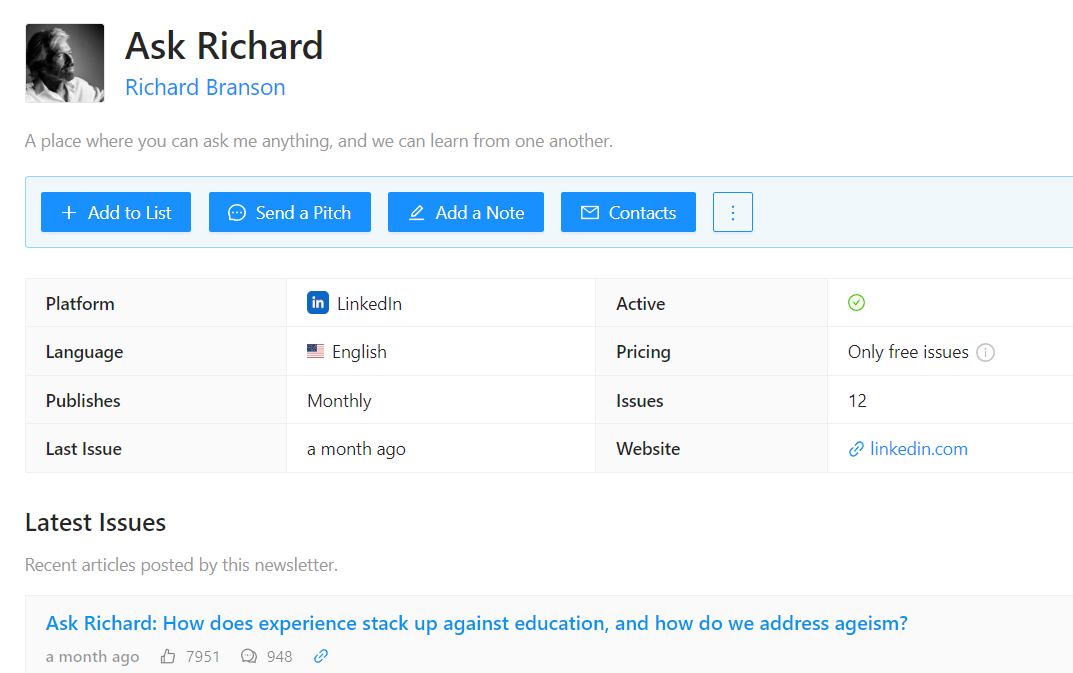
Substack traffic is at an all-time high
Newsletters are just one small part of LinkedIn's offerings; however, Substack focuses solely on providing a place where writers and readers can connect and make money through newsletters.
The platform catapulted into 2017 with free and paid subscription-based publications at a time when paid internet subscribers were rare. Fast forward six years, and Substack reported reaching two million paid subscriptions in February 2023, with more than 35 million active subscribers. To back that up, Similarweb shows 56.4 million visits to newsletters on Substack in March 2023 (compared to February's 50.5 million.)
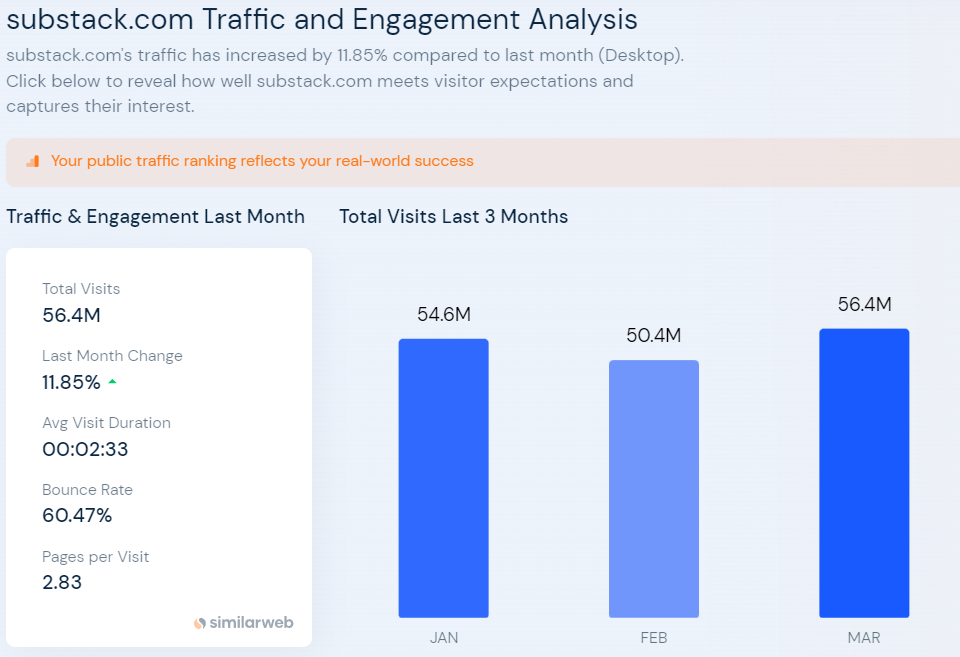
Anyone can start a newsletter on Substack. LinkedIn focuses on professionals but Substack has a wide range of readers and includes categories from "Comics" and "Crypto" to "Parenting" and "Philosophy" and almost everything in between.
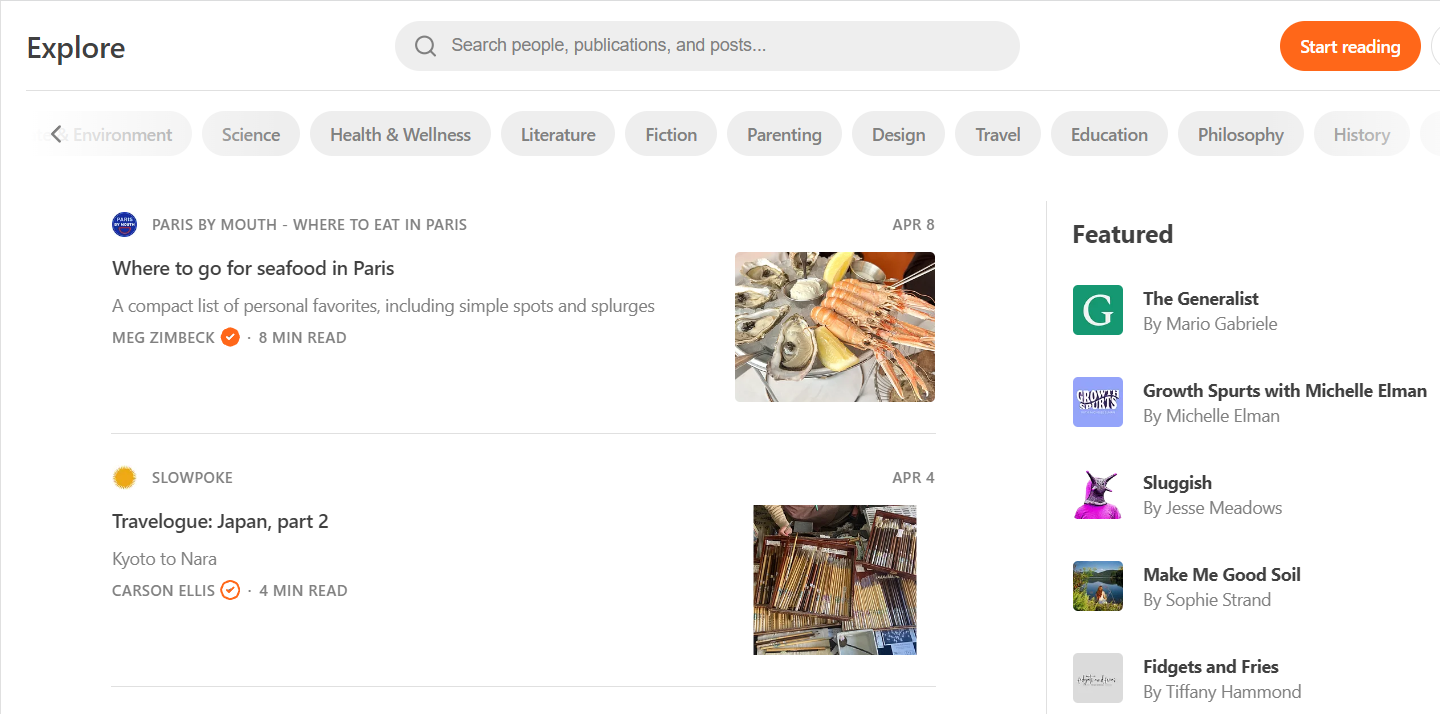
Substack makes it super-easy to join and start a newsletter readership with guides like starting from scratch, kickstarting a community and more. However another great Substack feature is that you own your mailing list and intellectual property. So if you ever decide to change platforms, you can take your subscribers and previous editions with you.
WhatsApp is rumored to be experimenting with newsletters
There are whispers that the Meta-owned WhatsApp is considering adding newsletters to Communities. WhatsApp Communities is a place where you can organize related groups, so newsletters could well fit perfectly into that feature.
According to WaBetaInfo, "Newsletters will be a one-to-many tool for broadcasting information and they look like a new way to easily receive useful updates from people and groups like local officials, sports teams, or other organizations."
Two on-trend tactics to grow your brand
Get featured in other newsletters
Here's your secret weapon!
Why
Other people in your niche or industry probably have your ideal audience - why not use their newsletter to get in front of potential new customers or followers? It's a win-win tactic because you don't want to attract them AWAY from the creator. Instead, you want them to ADD you to the mix as well.
Writing newsletters can be time-consuming. (Benjamin Watkins, who writes "La Vie Rose," regularly ends his newsletter with this CTA: "It takes me about 11 hours to write this newsletter. It only takes 11 seconds to send it off to a friend.") So featuring in other people's newsletters may prove more time and cost-effective than creating your own.
How
- Advertise in other newsletters - Here's our Complete Guide To Newsletter Advertising.
- Cross-promote your newsletter if you're a writer yourself.
- Ask newsletter writers to feature you organically - especially effective if you have just launched a cool new product or tool.
- Publish actionable or thought-provoking tweets or articles that attract the attention of others in your niche.
- Be interviewed or featured as a case study in an article-based newsletter.
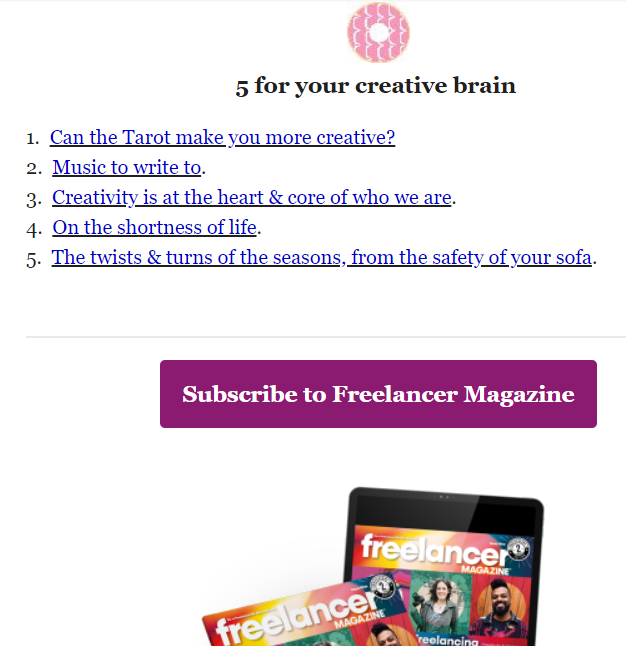
Digest emails are great places to get featured on newsletters because they rely on people like you creating fascinating content for their readers. It's a win for you because your article gets attention, a win for the creator, and a win for the audience who might not have found the information on their own.
Use Reletter to find likely newsletters in your niche then pitch them using our handy pitch template.
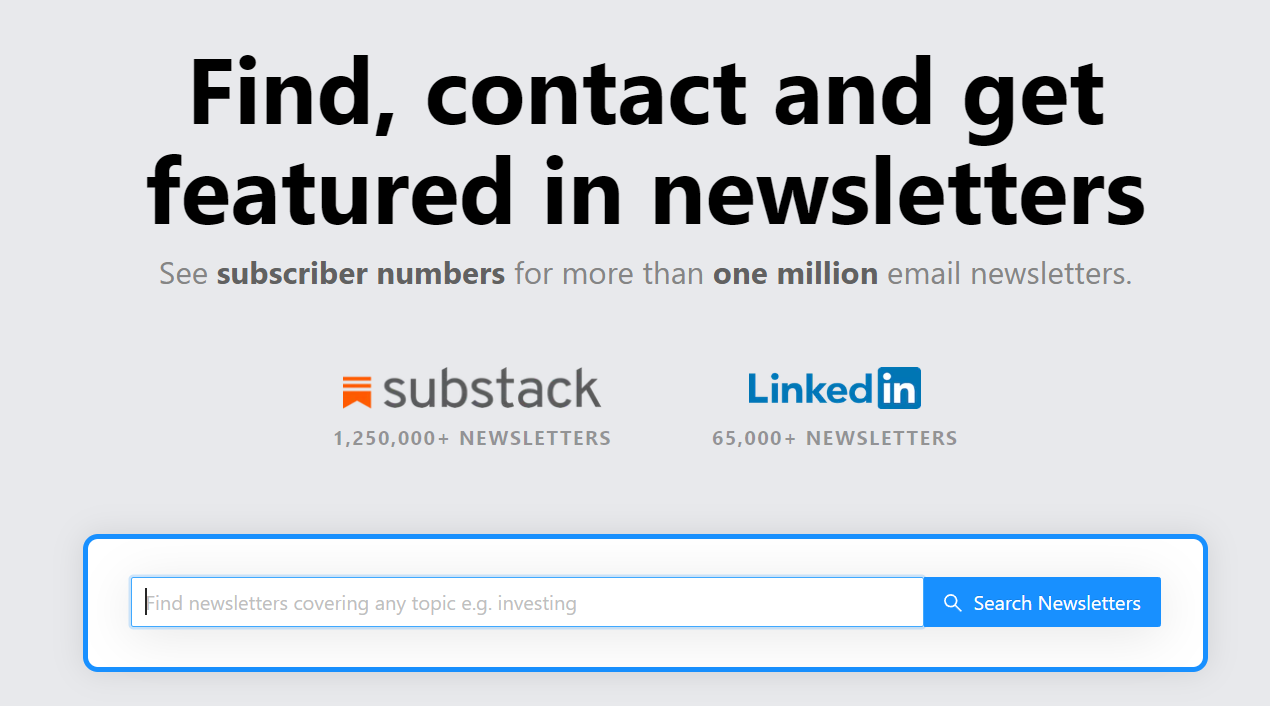
Start a newsletter
Why
Newsletters and email campaigns let you communicate directly with an interested, engaged audience. They establish connection and trust by providing helpful niche information and using low-key email marketing tactics.
Most people are turned off by continual sales emails. However, sending newsletters full of valuable information establishes your expertise and generosity. Many fans will pay to learn more over time.
WordPress Beginner calls newsletters "the most cost-effective way to stay in touch" with existing and potential customers and website visitors. And it's true they don't cost much to start or maintain, but it does take time to create one week after week, so do take that into account.
What
Newsletters range from a simple text-based format to an interactive email full of images, gifs, quizzes and surveys.
The most basic emails alert readers to new blog articles, YouTube videos or podcast episodes and link directly to the latest content.
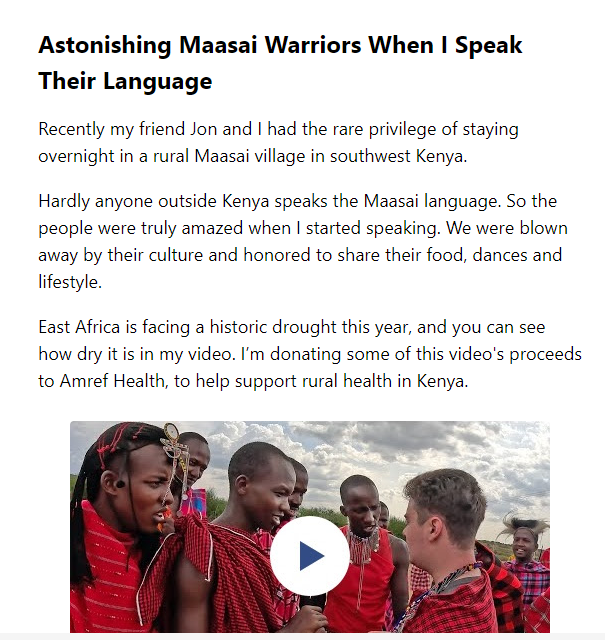
"Digest" or "Round-up" emails are compiled from interesting and relevant industry or niche information the sender has found on the web and social media. They often include links to the creator's blog or social media posts too.

Article or story-based newsletters include unique content written especially for the newsletter. Writing article-based newsletters helps to establish your authority and expertise in your niche. Study your customer persona (aka your ideal customer avatar) through their questions, comments and survey answers. Then answer their questions and address their pain points in your articles.
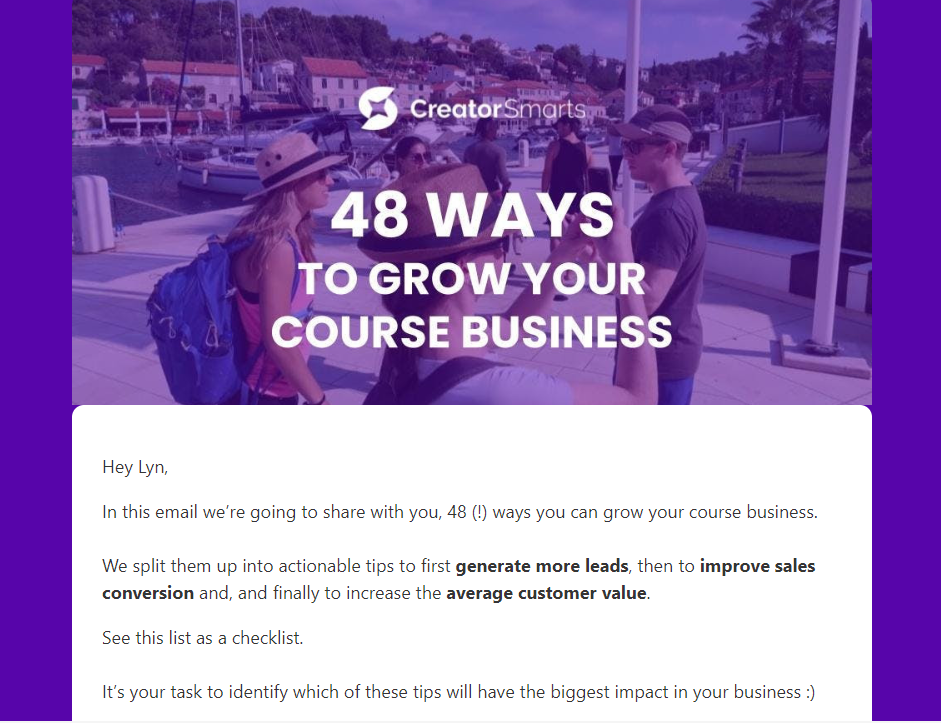
You'll find that many newsletters are a mixture of all three kinds.
How
Find a space in your niche and fill it with your newsletter.
Check out this tweet from Jens Lennartsson which spells out how he found the space where he could "complete, not compete" with the other newsletters in his niche.
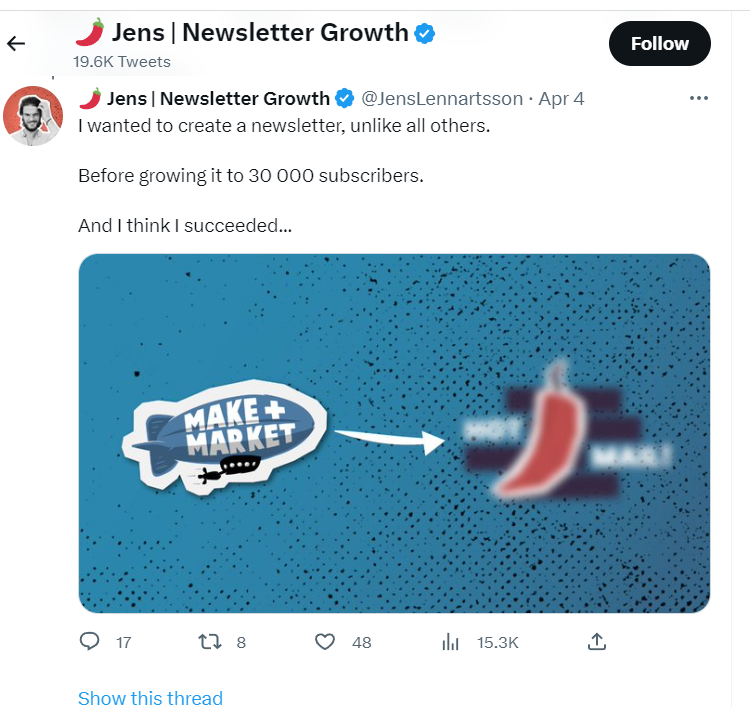
Respond to audience requests from your audience through your other channels.
For example, Steven Bartlett (Diary of a CEO Podcast, Dragon's Den) recently signaled his intention to build a newsletter and asked his audience to help him make it one they truly wanted to read.
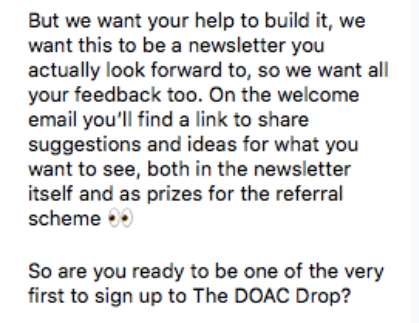
Decide on a hosting platform.
Think about using:
- LinkedIn if you want to focus on growing an audience of business professionals.
- Substack if you want to use simple templates and you're planning to monetize with paid subscriptions
- An email marketing platform like ConvertKit, MailerLite or AWeber if you want to use more sophisticated templates and marketing tactics, e.g., email personalization and AB testing of the most compelling subject lines.
Decide on a sending schedule
You have many options. For example Morning Brew and Pod News put out daily digests. At the other end of the time scale, Ann Handley sends "Total Annarchy" once a fortnight. Weekly emails seem to be the most common choice.
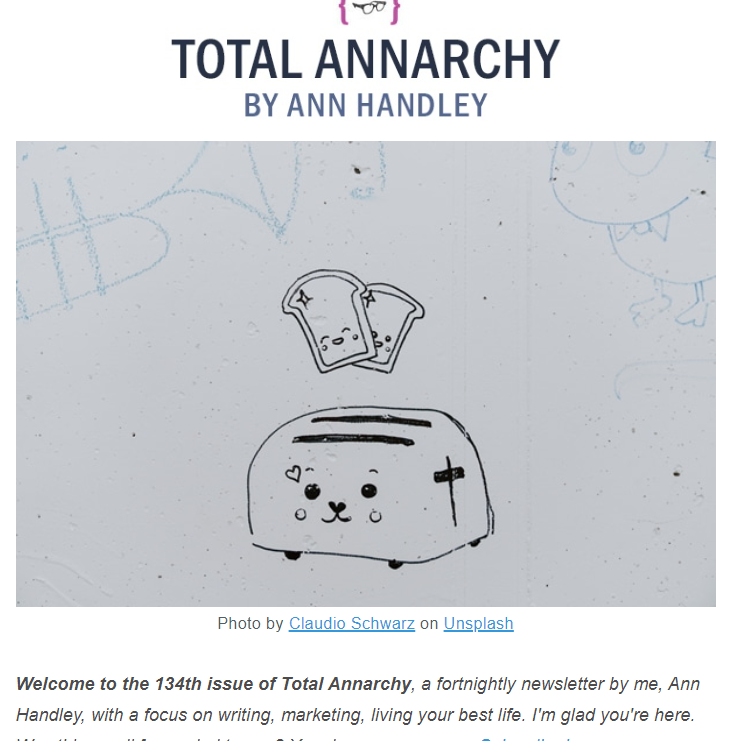
Start writing.
Final thoughts
Newsletters aren't new - but we reckon they're hotter than ever. And these two valuable newsletter trends aren't going away any time soon.
So, if you’re serious about using this email marketing strategy to its full potential to grow your business, check out Reletter’s 7-day free trial option.

